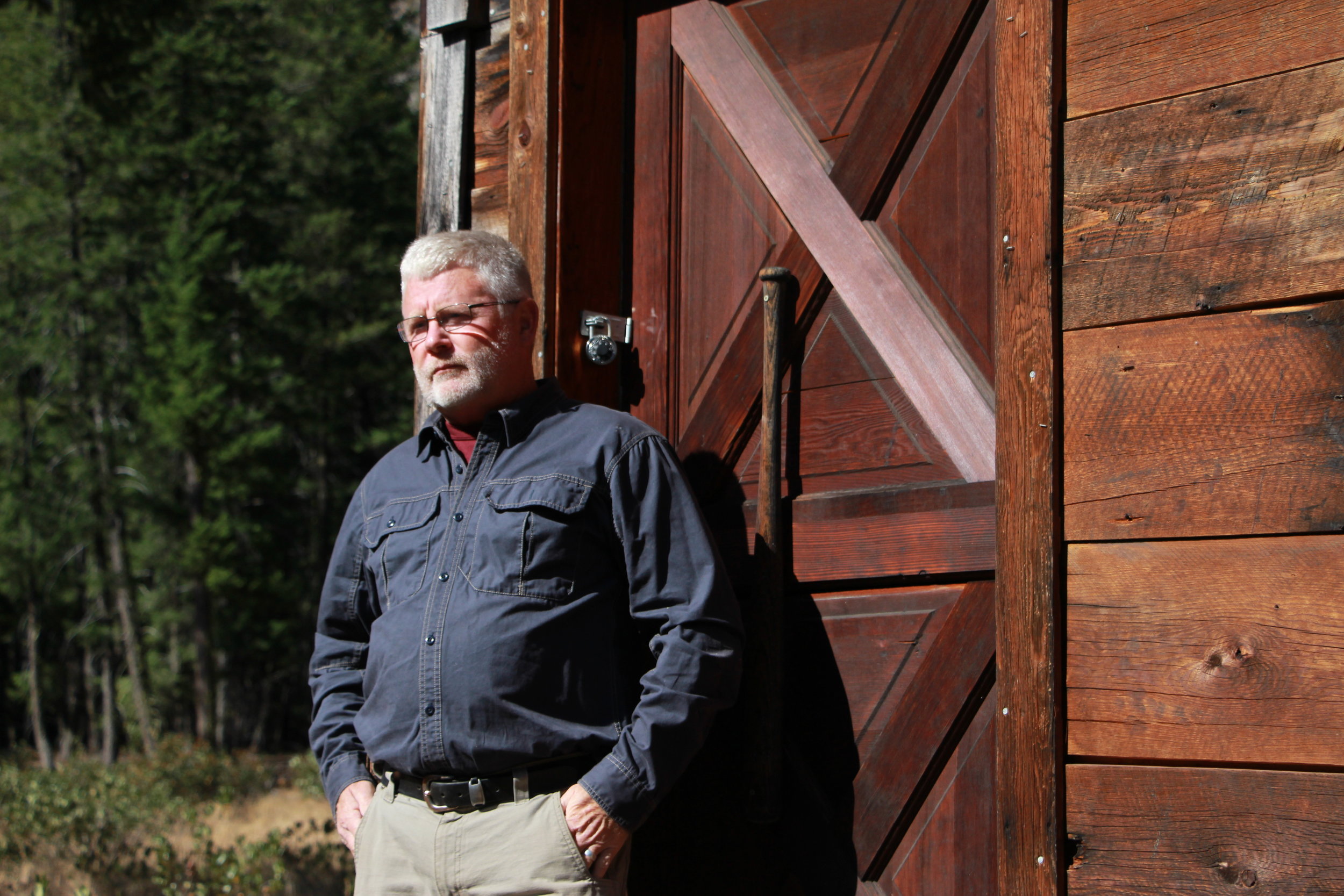Paul Arbetan
Consulting Ecologist, Natural Heritage New Mexico
Albuquerque, NM
11/3/18
Through his work with New Mexico’s Department of Military Affairs and the Bureau of Land Management, Paul Arbetan is a frequent visitor to the savannas and deserts of southern New Mexico. During our time with him as our guide, we explored the ecosystems of the Chihuahuan Desert through just a few of his many projects, including grassland, lichen, cactus, and Gray Vireo surveys.
Paul taught the Semester in the West students to read and understand a landscape and all its players through many lenses and places. Hiking to the snowy summit of Lake Peak outside of Santa Fe, he challenged us to consider how the adaptive suites of alpine plants might be altered due to climate change. Under the scorching sun of Roswell, we scoured arroyos and sinkholes in search of a rare, tiny, lime green lichen. Paul asked us the hard questions: why protect such a small, seemingly insignificant organism? To guide us toward answers (or perhaps just more questions), he incorporated regular philosophy readings and discussions into days spent counting grasses in the field.
Serenaded by the wrens of Boquillas Canyon amid a 3-day canoe trip on the Rio Grande, Paul paused in a discussion of Hegel’s dialectic to ask us why the little birds might be calling so late in the season. On one of our last days with Paul, we walked along the basalt talus slope of Black Mountain outside Deming, New Mexico, in search of a rare cactus that only grows under creosote bushes. We asked Paul how he keeps faith in his work and conservation as he watches this cactus population plummet towards extinction. He answered simply, “This is what I love to do. I’m selfish — I’m just having fun.”
To that end, Paul brought a lightheartedness to the otherwise science-heavy segment. Highlights included the company of Paul’s curious 6-year-old daughter, Esme (who impressed us with her fluency in the ecological vernacular of the New Mexican savannah), slurping Blizzards during a crash course on statistics conducted in a gas station Dairy Queen, and some first-class dance moves on our final night together. A close college friend of Director Phil Brick’s, it didn’t take long for Paul to likewise become a dear friend and mentor to the Westies.
By Nina Moore and Clara Hoffman
Photo by Whitney Rich



